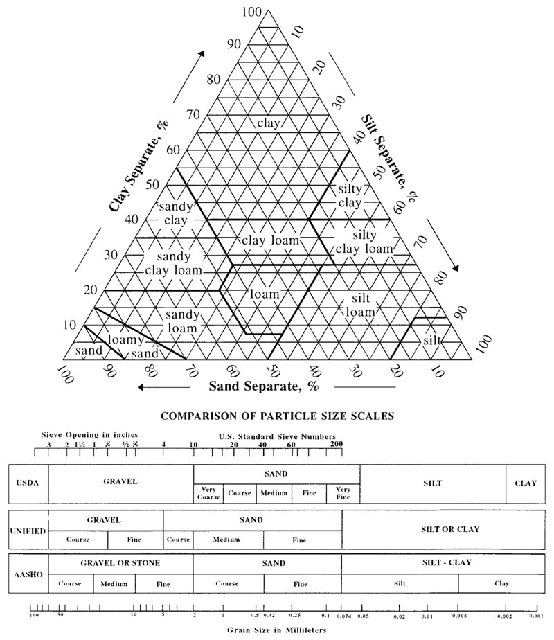R405.1 Concrete or masonry foundations. Drains shall be
provided around all concrete or masonry foundations that
retain earth and enclose habitable or usable spaces located
below grade. Drainage tiles, gravel or crushed stone drains,
perforated pipe or other approved systems or materials shall
be installed at or below the area to be protected and shall discharge
by gravity or mechanical means into an approved
drainage system. Gravel or crushed stone drains shall extend
at least 1 foot (305 mm) beyond the outside edge of the footing
and 6 inches (152 mm) above the top of the footing and
be covered with an approved filter membrane material.
The
top of open joints of drain tiles shall be protected with strips
of building paper. Perforated drains shall be surrounded with
an approved filter membrane or the filter membrane shall
cover the washed gravel or crushed rock covering the drain.
Drainage tiles or perforated pipe shall be placed on a minimum
of 2 inches (51 mm) of washed gravel or crushed rock
at least one sieve size larger than the tile joint opening or perforation
and covered with not less than 6 inches (152 mm) of
the same material.
Exception: A drainage system is not required when the
foundation is installed on well-drained ground or sandgravel
mixture soils according to the Unified Soil Classification
System, Group I Soils, as detailed in Table
R405.1.
http://www.erosionpollution.com/geotextile-filter-fabric.html
"The top of open joints of drain tiles shall be protected with strips of building paper." That sounds like a waste of building paper and I have never seen the use of drain tiles.
As to the sock over the drain pipe, If the rock is wrapped then the sock isn't required. I usually see the burrito wrap and a sock over the drain pipe.
Perforated drains shall be surrounded with an approved filter membrane or the filter membrane shall cover the washed gravel or crushed rock covering the drain.
